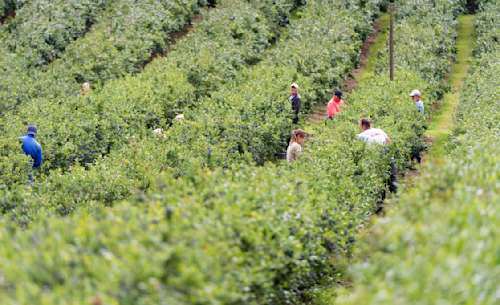
Guia Rápido: O que o GPSR significa para a segurança dos produtos na UE?
Guias Rápidos Testes de laboratório Bens de consumo

Da sobrevivência à confiança: A estrutura de 5 etapas para ajudar sua cadeia de suprimentos de moda a prosperar
Guias Rápidos Testes de laboratório Bens de consumo

Estudo de Caso: Yoorin Fertilizantes - Pioneiros na Certificação Regenera for Inputs
Estudo de caso Alimentos

Um novo capítulo para a agricultura: O avanço das práticas regenerativas no Brasil
Guias Rápidos Alimentos

GLOBALG.A.P. elevando a qualidade dos seus produtos com boas práticas agrícolas
Guias Rápidos Alimentos

Nossas Soluções para o Setor Agrícola
Guias Rápidos Alimentos
Obtenha as últimas Informações da QIMA
Cancelar a assinatura a qualquer momento. Leia nossa política de privacidade.


